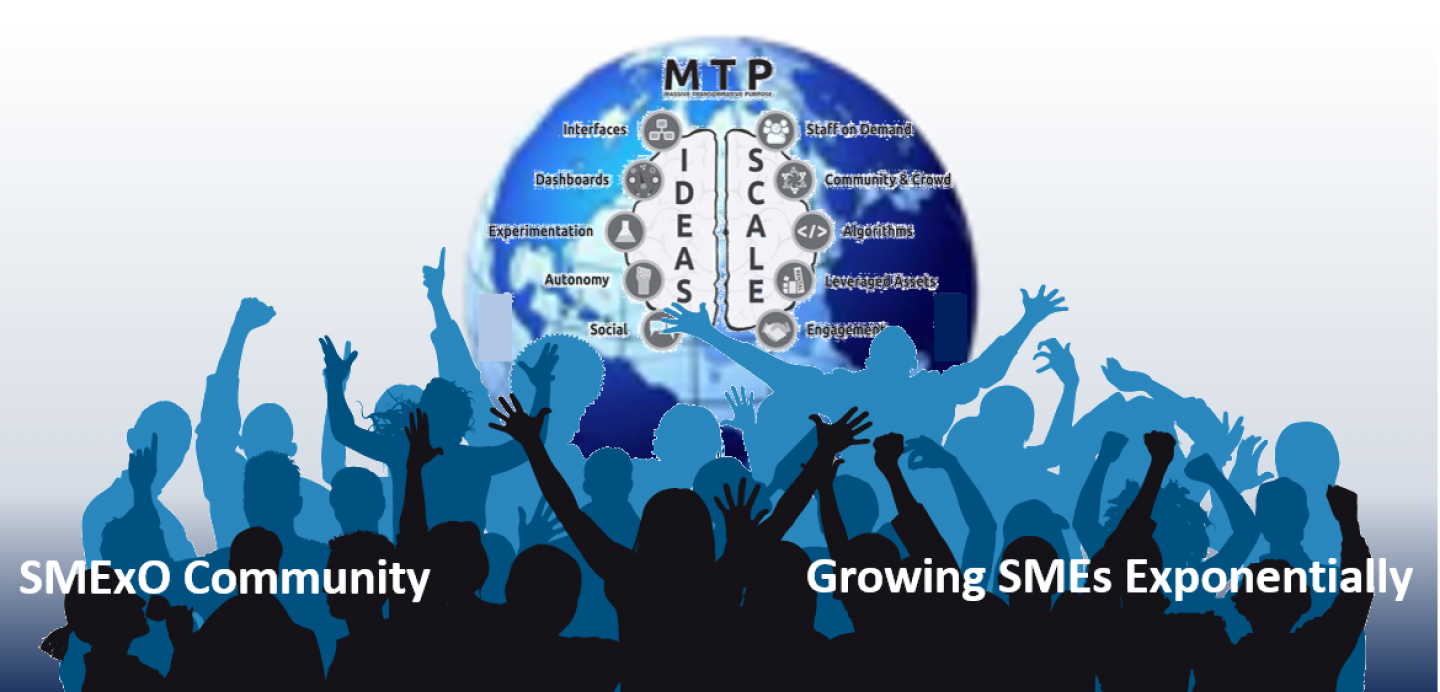The Future of Business, Strategy and SMEs
The Future of Business
Value creation will be digital.
Today, on average 35% of companies’ revenues worldwide are digitized. In less than a decade digital entrants have seized 17% of all revenues across regions and industries and they hold 47% of digital revenue. [McKinsey & Company: “The right response to digital disruption”, April 2017]
Customers will be all-knowing.
Omnichannel marketing works both ways. Customers will know every detail about your product, service, company and yourself through a multitude of Social Media platforms.
Competition will be everywhere
Value chains will break up. Competition will come from start-ups and incumbents, from within and across industries, from suppliers to customers within and across current value chains – and with old as well as new business models.
The Future of Strategy
The only sustainable strategy is to learn and adapt faster than customers and competition.
The Future of SMEs
To chart the course and choose which digital technologies to apply in order to avoid disruption, navigate the digital transition and grow exponentially SME-owners and -managers must have a defined purpose with the company. Here it is important to think big and to think from the outside in.
Massive Transformative Purpose. An MTP is not a mission statement but rather an inspirational statement of what an organization hopes to accomplish. An effective MTP can attract customers and employees and help create a community around a company. It can also shift the focus of teams from a company’s internal politics to its external impact.

SMEs may use linkage, leverage and learning to accomplish their MTPs
Linkage refers to how the SME’s may focus not only on developing and applying own proprietary knowledge but also on obtaining knowledge from outside their own organization e.g.: through an Internet organized Community of enterprises, freelancers and individuals who share intent, belief, resources, preferences, needs and/or risks. And Social Technologies may create efficient linkages by reducing the distance between receipt and treatment of information, and decisions, switching from seeking information to receiving an information flow and by using the community to develop new ideas. Further Engagement may be used with customers, employees, and others in creating value, by means of competitions, games, etc.
Leverage refers to how SME’s may use Staff-On-Demand to attract top notch experts with crucial value creating skills or Leveraged Assets like e.g. TechShops, which is a chain of member-based workshops that lets people of all skill levels come and use industrial tools and equipment to build their own projects. Or leveraging may be Crowd funding which is used in order to raise capital via the internet from a large number of investors private as well as corporate and funds.
Learning may be accelerated by Experimentation which rapid development of new solutions that fulfill customer needs better than competition. Here SMEs have an advantage in their flexibility and ability to change fast. Learning may be facilitated using Interfaces and Dashboards where employees will be shown real-time data, objectives and key results, in order to motivate and create positive culture and energy or learning may refer to Autonomy, i.e. organizational structures particularly suitable to SMEs that facilitate bottom-up thinking and risk taking versus MNEs that are set up to scale efficiency and predictability and thus withstand risk and change.


You must be logged in to post a comment.